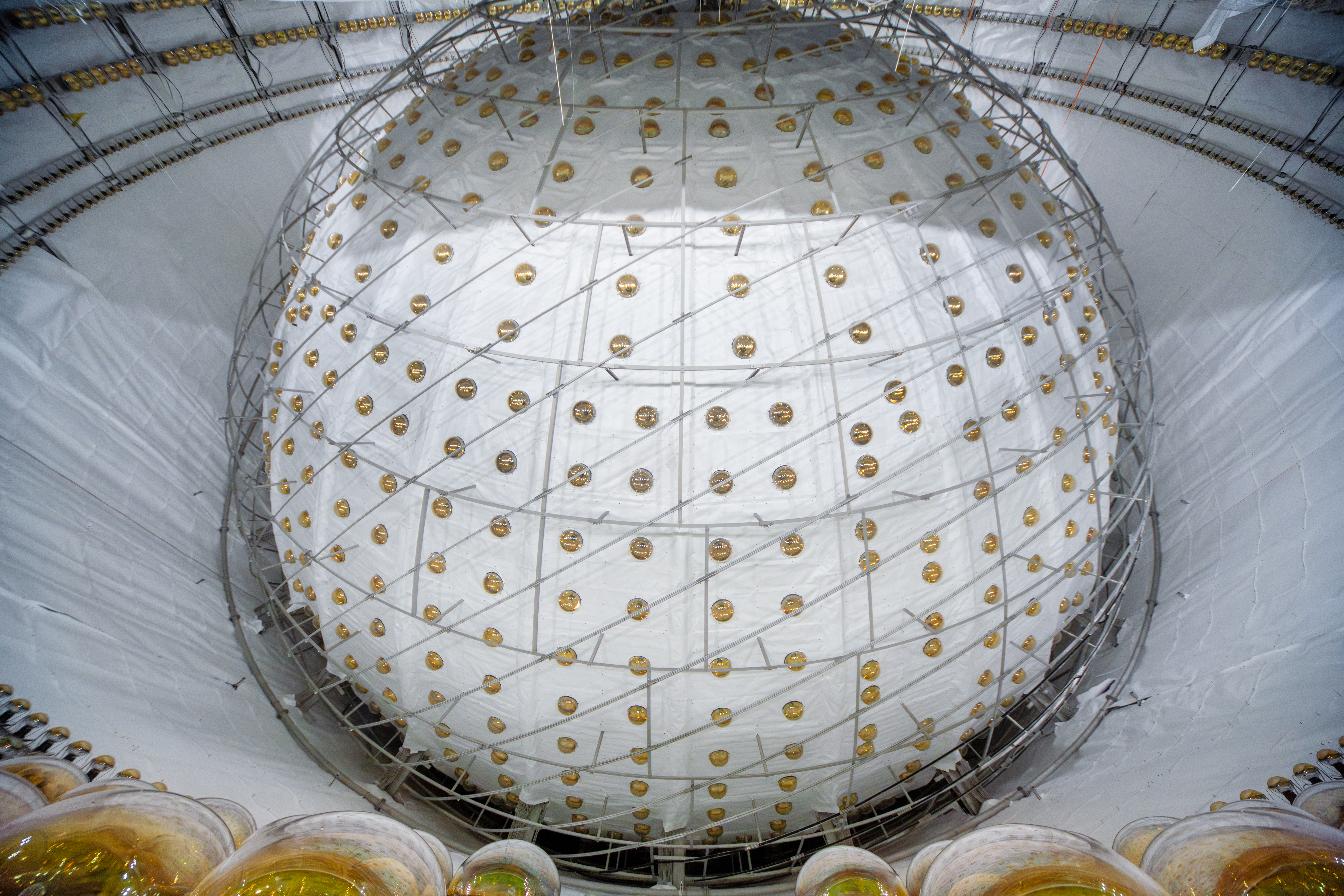The liquid keeps it stable and absorbs movement, right?
Technology
This is a most excellent place for technology news and articles.
Our Rules
- Follow the lemmy.world rules.
- Only tech related news or articles.
- Be excellent to each other!
- Mod approved content bots can post up to 10 articles per day.
- Threads asking for personal tech support may be deleted.
- Politics threads may be removed.
- No memes allowed as posts, OK to post as comments.
- Only approved bots from the list below, this includes using AI responses and summaries. To ask if your bot can be added please contact a mod.
- Check for duplicates before posting, duplicates may be removed
- Accounts 7 days and younger will have their posts automatically removed.
Approved Bots
The liquid is the detection media.
[Linear alkylbenzene] was identified as a promising liquid scintillator by the SNO+ neutrino detector due to its good optical transparency (≈20 m), high light yield, low amount of radioactive impurities, and its high flash point (140 °C) which makes safe handling easier. It is also available in large volumes at a relatively low cost at the SNO+ site. It is now used in several other neutrino detectors, such as the RENO and Daya Bay Reactor Neutrino Experiments.The material performs well in deep underwater environments. One study suggested LAB as a suitable material to be employed in a Secret Neutrino Interactions Finder (SNIF), a type of antineutrino detector designed to detect the presence of nuclear reactors at distances of between 100 and 500 km.
Neutrino detectors are basically just huge scintillators (systems that absorb ionizing radiation and re-emit that energy as light). The liquid inside of JUNO (Linear alkylbenzene) has especially attractive scintillating properties.
Ah ok, I was conceptualizing this as more akin to a large reflecting telescope.
Yeah, neutrino detectors don't work like conventional telescopes because neutrinos don't behave like light. Technically, neutrinos are actually a type of dark matter since they don't participate in the electromagnetic interaction, and that makes them very hard to detect.
When a beam of light shines on your body, some of that light is absorbed as heat and a lot of it is reflected off of you. Neutrinos don't do that. Tens of billions of neutrinos from the sun hit your body every second and just... don't do anything. They pass straight through you with zero interaction whatsoever. Very, very rarely they'll interact with something, and neutrino detectors are designed to both maximize the chances of such an interaction happening, and to make those interactions more easy to spot.
I'm not up to speed on all the technical details of JUNO in particular, but most neutrino detectors are searching for events that look something like this:
A neutrino enters the detection medium and directly collides with an electron. Enough energy is transferred into the electron that it is stripped free from its parent molecule and moves through the medium at very high speed. If it moves fast enough, it can even exceed the speed that light travels through the medium, creating something sort of like a sonic boom — only with light. We call this Cherenkov radiation. The scintillating properties of the medium boost this signal and photomultipliers at the perimeter of the detector gather this radiation so that the event can be reconstructed by computers.
4 out of 5 lemmings agree: "These words flow through my head like the sun's rays.", though all of them just liked the pretty anal bead.
The base seems flared in the wrong direction …
